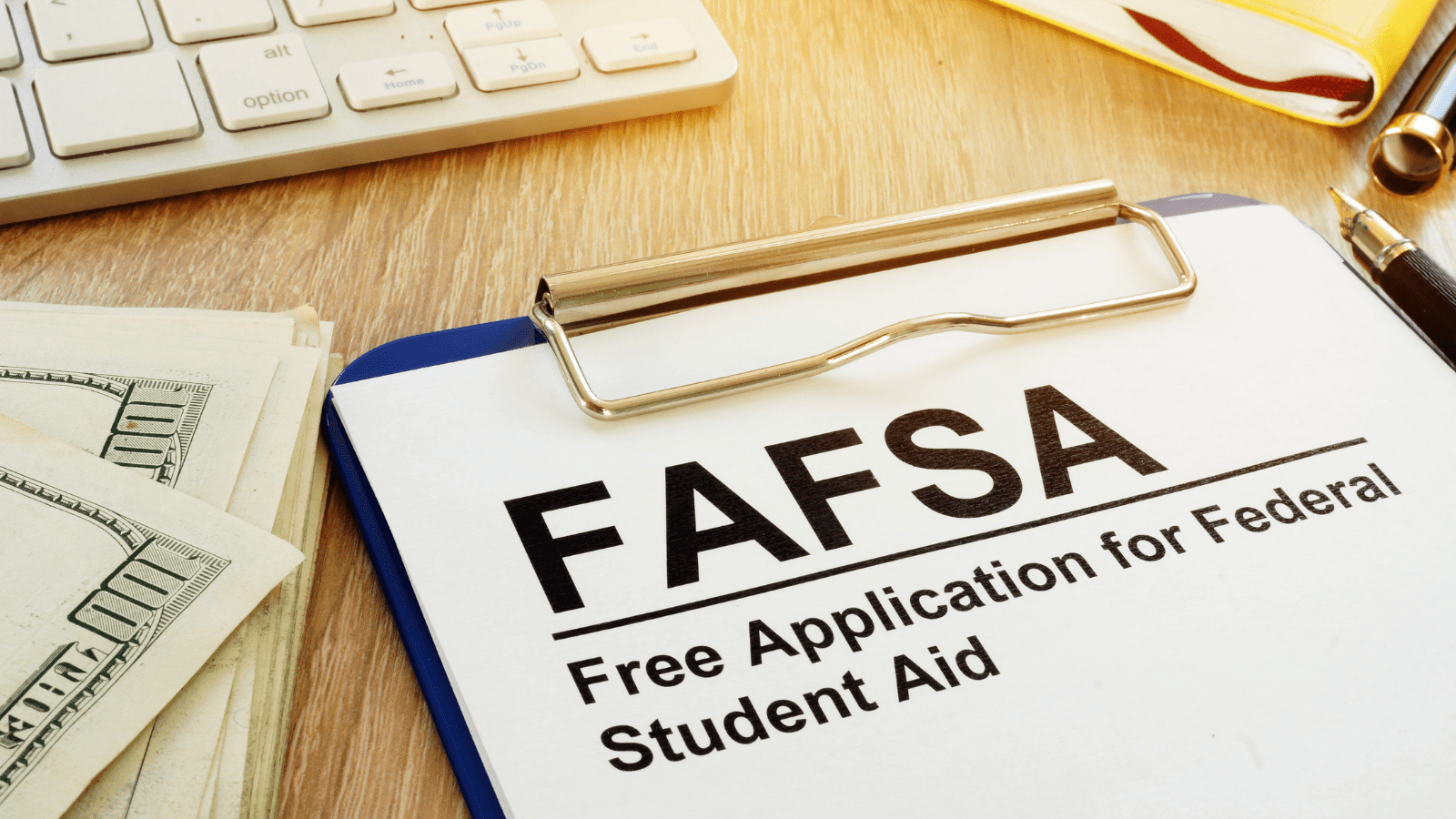
Get stories and expert advice on all things related to college and parenting.

Financial aid can be a key component of a family's strategy for funding college. Congress passed the FAFSA Simplification Act in December 2020 to make it easier for students and parents to complete the Free Application for Federal Student Aid.
However, recently the U.S. Department of Education announced a delay in the full implementation of the act to the 2024–2025 award year.
In the meantime, it’s time to get ready to file your FAFSA for the 2022–2023 award year.
Remember that if you’re already in college, you must file a new FAFSA every year. This year's freshmen will be applying for aid for their sophomore year.
Here are seven things students and families should have handy before the FAFSA becomes available on October 1st.
The name you use for Social Security needs to match the name on the FAFSA application. You will need both the student's and the parent(s) Social Security numbers, if the student is a dependent for tax purposes.
There are three financial aid deadlines to be aware of.
Federal: The FAFSA becomes available on Oct. 1, and the federal deadline for aid for the 2022–2023 academic year aid is June 30, 2023. Find the FAFSA form here.
State: Residents planning to attend an in-state public college or university also need to know the state deadline. State funds can run out fast and are often awarded on a first-come, first-served basis. The FAFSA website has a handy list of state deadlines.
College: Since colleges rely on the FAFSA to award their own student aid, make sure you know the deadlines for each school your student is applying to. Deadlines may be different for Early Action (EA), Early Decision (ED), regular decision, new students and continuing students. Search “FAFSA deadline” on each college's website for details.
The safest rule of thumb, and to simplify the process of keeping track of so many deadlines, is to plan on filling out and submitting your FAFSA as close to Oct. 1 as possible.
Your FSA ID is the user name and password that you will create to start completing your FAFSA. It is essentially the electronic equivalent of your signature. It is easy to set up, but you need your Social Security number and either a mobile number or email address. Both the parent and dependent student will need to set up their own ID.
You will create a password called a “save key,” which you will need to access your FAFSA later. Write this down. With the save key, parents and their students can share access to the student’s FAFSA.
It is too late to adjust your income for the 2022–2023 FAFSA, although an appeal may be warranted based on any changes in income from your 2020 tax return.
However, it is not too late to make last minute reductions in assets that will be reported on the FAFSA.
There are many strategies that can be used. For instance, if you have $20,000 in cash that you don’t need for college, pay down credit card debt or buy the new car you’ve been needing. The car is not reported on the FAFSA and neither is the cash since it was converted to a non-reportable personal asset and/or used to reduce a personal debt.
You may be able to use the IRS Data Retrieval Tool to streamline gathering this data.
Note: The reported value of the assets is the value the day you fill out and submit the FAFSA. Do not list the value of your small family-run business or your principal residence.
You can list up to 10 school codes on your FAFSA application. The school codes can be looked up on the FAFSA application. Even if the school is a “maybe,” list it anyway — it’s easier than going back to add it later. You can, however, amend your list later. Here’s guidance on how to do that.
Here is what to do if you have more than 10 schools to list.
Finally, and this is important: Keep all of your FAFSA documents together in one folder. You may need them if your student's application is selected for verification or if you need to appeal a financial aid award offer.